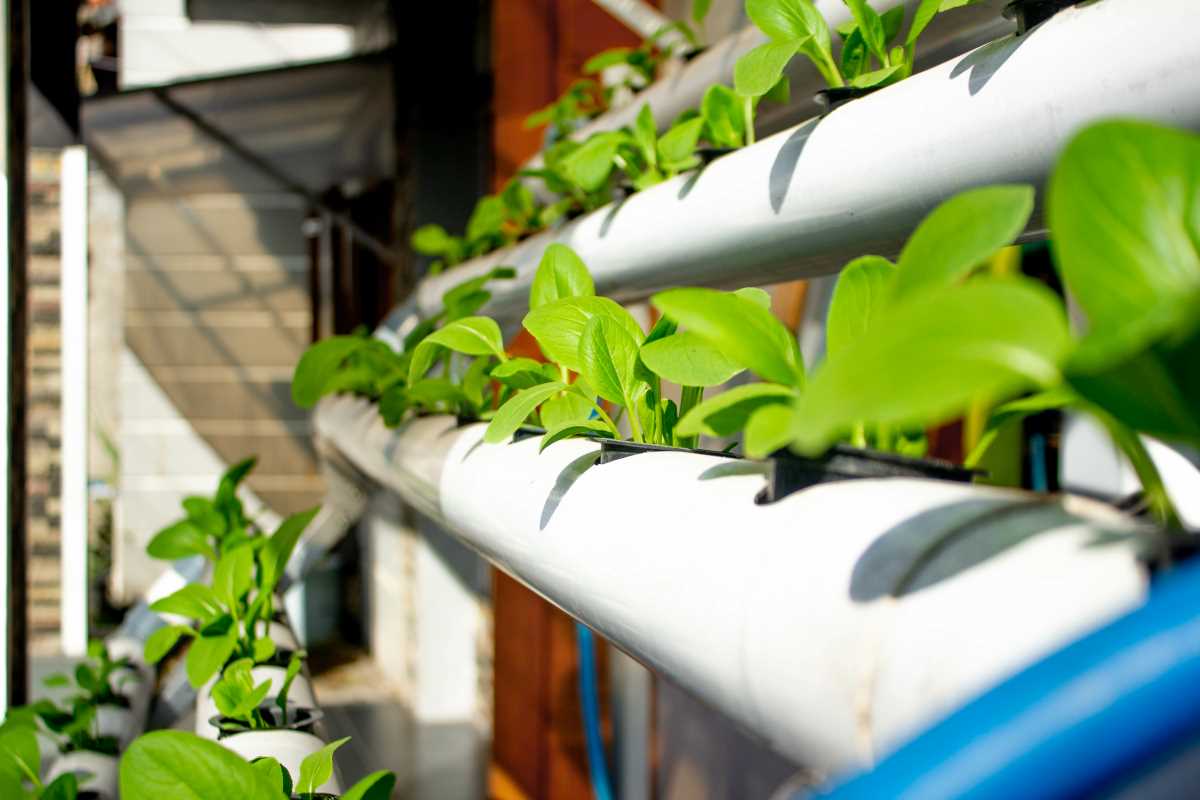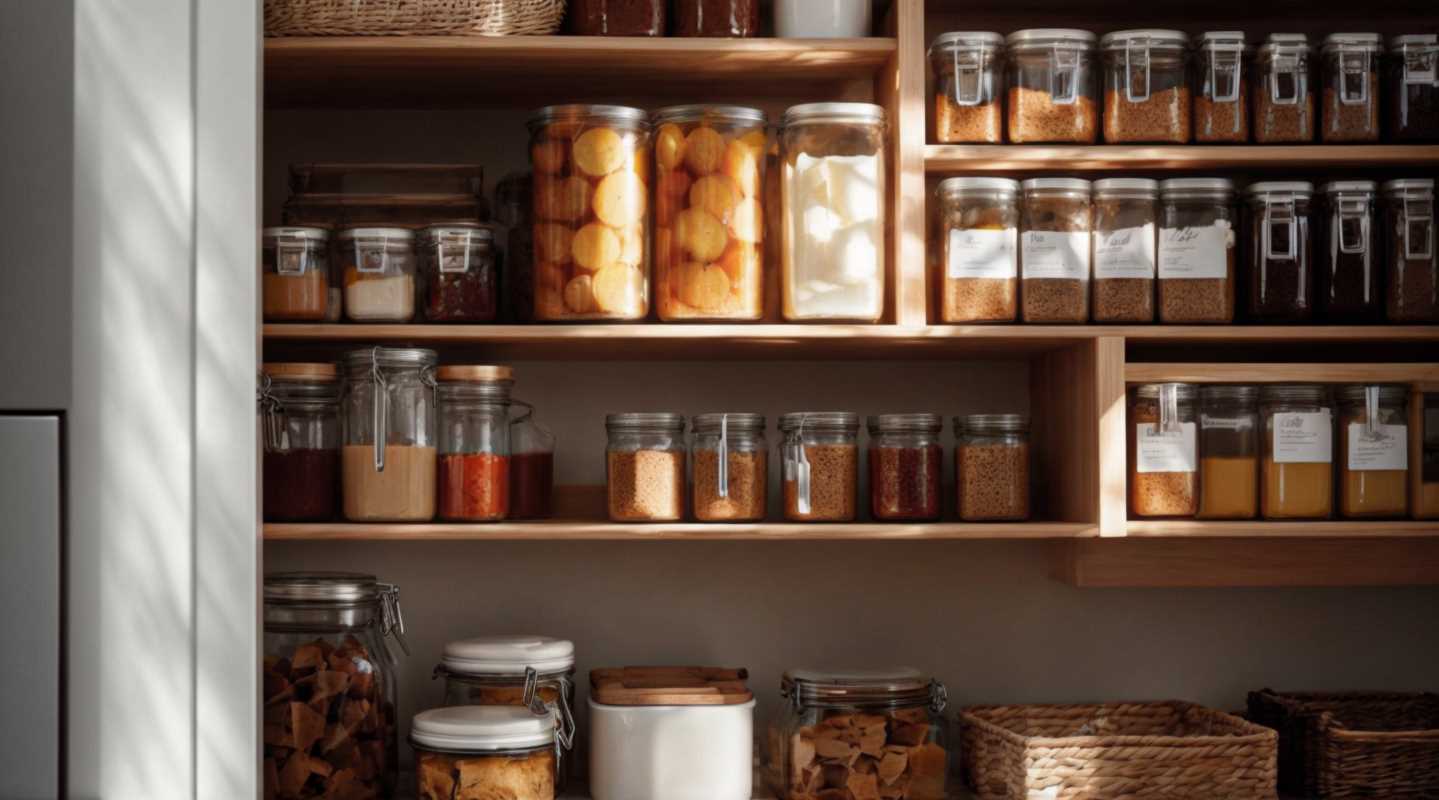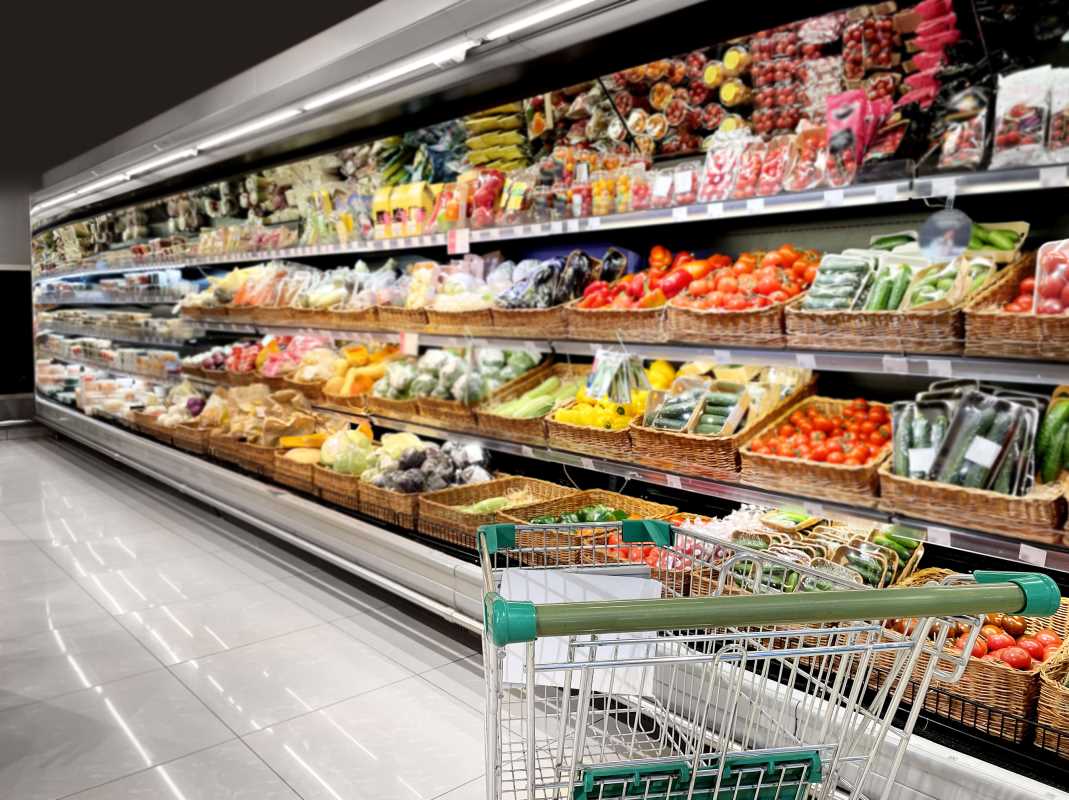Imagine transforming your backyard into a self-sustaining source of fresh vegetables and fish, all grown with minimal reliance on external resources. This dream becomes a reality with a closed-loop aquaponics system, where the art of fish farming meets the science of plant cultivation in a harmonious and mutually beneficial setting. This innovative and sustainable approach not only boosts the nutritional value of your homegrown produce but also significantly reduces waste and optimizes the use of resources. It fits seamlessly into an eco-friendly lifestyle, offering a perfect blend of nature's bounty and environmental mindfulness.
Setting up your own aquaponics system can be both rewarding and educational. Whether you are a seasoned gardener or just starting, understanding the fundamentals and following a structured approach will ensure your system flourishes. Let’s dive into the world of aquaponics and explore how you can create a harmonious ecosystem that benefits both you and the environment.
Understanding Aquaponics
Aquaponics is an innovative farming technique that integrates aquaculture (raising fish) with hydroponics (growing plants without soil). This combination creates a closed-loop system where each component supports the other, promoting a sustainable and efficient method of cultivation.
- Resource Efficiency: Minimize water usage by recycling it between fish and plants.
- Reduced Waste: Fish waste provides essential nutrients for plant growth, eliminating the need for chemical fertilizers.
- Health Benefits: Produce fresh, organic vegetables and fish, free from pesticides and contaminants.
- Space Optimization: Ideal for urban settings, allowing you to grow a variety of plants in a compact area.
- Year-Round Production: Controlled environments enable continuous cultivation regardless of external weather conditions.
Setting Up Your System
Establishing a closed-loop aquaponics system involves careful planning and execution. Follow these steps to create a balanced and productive ecosystem:
- Choose a Suitable Location: Select a space with adequate light, ventilation, and accessibility to water and electricity.
- Acquire Necessary Components: You'll need tanks for fish, grow beds for plants, a water pump, aeration system, and plumbing materials.
- Assemble the System: Set up the fish tank and position the grow beds above or beside it to allow water flow. Connect the pump and ensure proper plumbing to facilitate water circulation.
- Add Growing Medium: Fill the grow beds with an inert medium like clay pellets or gravel to support plant roots and provide a surface for beneficial bacteria.
- Cycle the System: Before adding fish, run the system for a few weeks to establish beneficial bacteria that convert fish waste into nutrients for plants.
- Introduce Fish and Plants: Once the system is cycled, add your chosen fish and start planting your selected vegetables and herbs.
- Monitor and Adjust: Regularly check water quality parameters such as pH, ammonia, and nitrate levels to maintain a healthy environment for both fish and plants.
Choosing the Right Fish and Plants
Selecting compatible fish and plant species plays a crucial role in the success of your aquaponics system. Fish should be hardy, adaptable to varying water conditions, and preferably locally available. Common choices include tilapia, goldfish, and koi, each offering unique benefits and care requirements.
When it comes to plants, leafy greens like lettuce, spinach, and kale thrive in aquaponic systems due to their rapid growth and lower nutrient needs. Herbs such as basil, mint, and cilantro also make excellent choices, adding flavor and versatility to your culinary endeavors.
Maintaining Your System
Consistent maintenance ensures the longevity and productivity of your aquaponics setup. Focus on these key tasks:
- Regular Water Testing: Monitor pH, ammonia, nitrites, and nitrates to maintain optimal water quality.
- Feeding Fish: Provide a balanced diet tailored to your fish species to support their growth and waste production.
- Pruning Plants: Remove dead or overgrown plant parts to encourage healthy growth and prevent disease.
- Cleaning Filters: Periodically clean mechanical and biological filters to ensure efficient waste processing.
- System Inspections: Check for leaks, blockages, and equipment functionality to address issues promptly.
Benefits of a closed-loop System
A closed-loop aquaponics system offers numerous advantages that make it an appealing option for eco-conscious individuals. By recycling water and nutrients, it significantly reduces resource consumption compared to traditional gardening and fishing methods.
The integrated nature of the system promotes a balanced ecosystem where fish and plants support each other, leading to healthier growth and higher yields. This sustainability translates to lower environmental impact, aligning with the values of those committed to preserving our planet.
The ability to grow both protein and vegetables in one system ensures a diversified food source. This not only enhances your nutritional intake but also provides resilience against supply chain disruptions and seasonal changes.
Common Challenges and Solutions
While aquaponics systems are highly sustainable, they do come with their set of challenges. Addressing these effectively ensures the system remains productive and healthy. One common issue is maintaining the right balance between fish waste and plant nutrient uptake. If fish produce too much waste, it can lead to ammonia spikes, harming both fish and plants. To mitigate this, regularly monitor water quality and adjust feeding rates accordingly.
Another challenge is temperature regulation, as both fish and plants have specific temperature requirements. Implementing proper insulation and using heaters or coolers can help maintain a stable environment, especially in regions with fluctuating climates.
Tips for Maximizing Yield
To get the most out of your aquaponics system, focus on optimizing growth conditions and selecting high-yield plant varieties. Ensure that plants receive adequate light, either through natural sunlight or supplemental grow lights, to support photosynthesis and robust growth.
Staggering plant planting times can also help maintain a continuous harvest, preventing overcrowding and ensuring that your system operates smoothly year-round. Incorporating companion planting approaches can enhance plant health and productivity, utilizing natural relationships between different species.
Integrating Sustainable Practices
Enhancing the sustainability of your aquaponics system extends beyond just recycling water and nutrients. Consider using renewable energy sources like solar panels to power your system, reducing your carbon footprint and operational costs.
Composting fish waste for use in other areas of your garden or donating surplus produce to local communities can further amplify the positive environmental impact. These practices contribute to a greener planet while fostering a sense of community and shared responsibility.
Embracing a well-designed closed-loop aquaponics system harmonizes with nature, providing nutritious food while benefiting both personal health and the planet, making it a rewarding choice for eco-conscious enthusiasts.
 (Image via
(Image via





